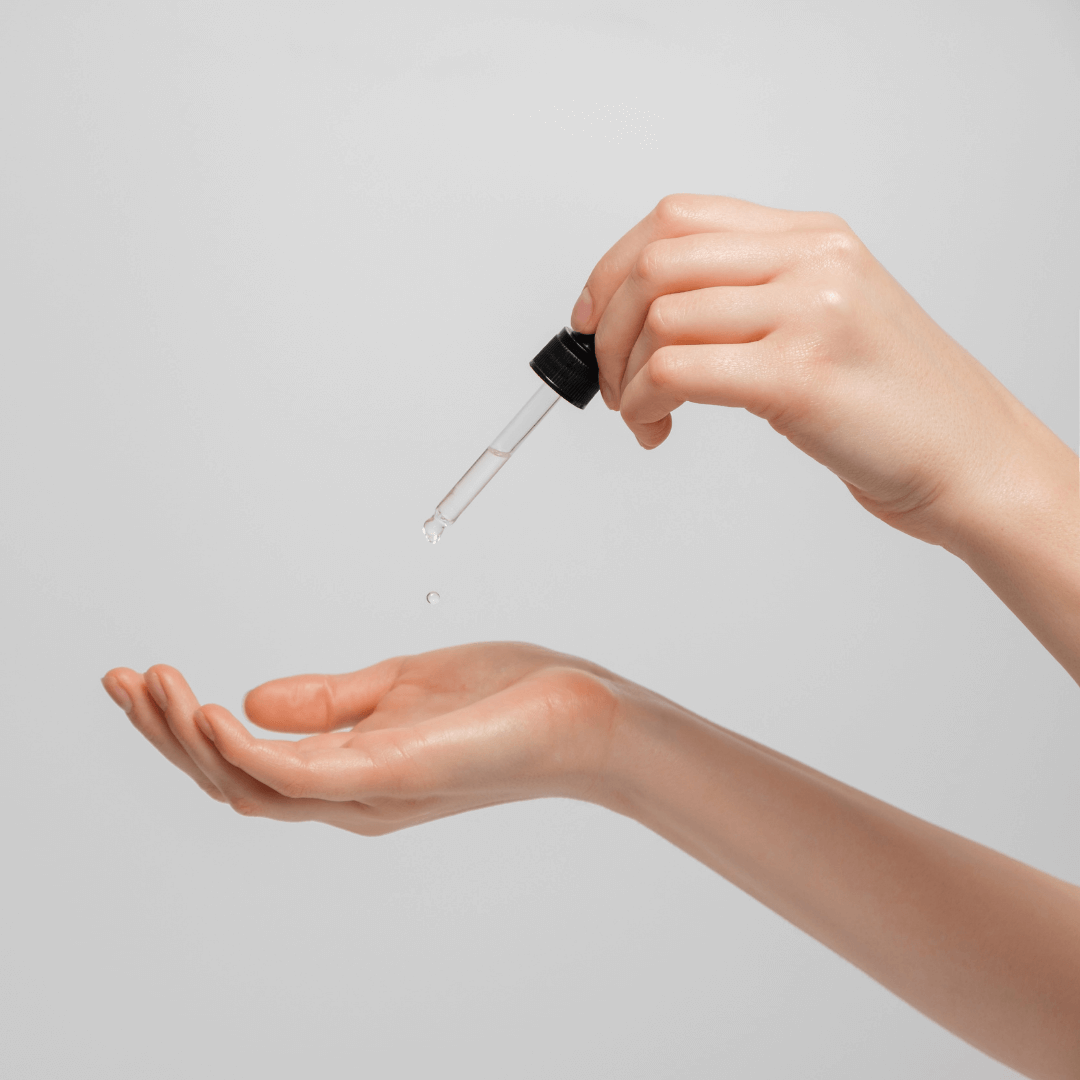Not sure what order to use your products or where to add your Bradceuticals serums? We’re here to help!
The topic of product order and layering can be a confusing one with many conflicting opinions. As there isn’t much research on layering, we instead look at the structure of the skin and the properties of the ingredients when advising our customers.
Please read our prior post on Skin Penetration if you haven’t already as the information there is a great foundation for this discussion on layering.
The Basics

Let’s start simple first and then we can build upon the more basic concepts once you’ve mastered them. If you’re someone who gets overwhelmed easily then don’t stress – as long as you follow this outline then it’s really hard to mess up layering!
Basic Order of Products
Step 1: Cleansing
Before you begin your skincare routine, you’ll want to ensure that you’ve removed any makeup or sunscreen so your skin is clean and ready for skincare. This includes everything from double cleansing at night to just rinsing with water in the morning.
Step 2: Exfoliating
This is an optional step since the skin has its own exfoliation process and cleansing already encourages desquamation. But if you choose to exfoliate, think of it as an add-on to the cleansing process.
PH dependent actives like ascorbic acid and alpha hydroxy acids like glycolic acid would also go here provided they’re in a watery vehicle. Without an acidic pH level, their negative charge would make it impossible for them to get into the skin and we don’t want to dilute them.
Step 3: Toners and Essences
We officially begin our skincare routine with any light, watery steps. This can be any light hydrating toner, mist, or essence while minimalists may simply choose to use water to make the skin slightly damp.
Products used for this step should be free of oils, occlusive ingredients, or anything overly heavy. The goal is to lightly hydrate and prep skin so it is more permeable for more targeted treatments.
Step 4: Serums and Treatments
Next you’ll want to use more targeted, concentrated products like serums. This includes our Bradceuticals serums.
If you have anything with a more emollient vehicle like a tretinoin cream or oil based serum, apply after your water based serum. Lipophilic (oil loving) ingredients tend to penetrate well on their own and penetration of hydrophilic (water loving) ingredients can be enhanced in an oil-in-water emulsion.
Step 5: Moisturizer and Sunscreen
You’ll want to lock in your water based skincare steps with an occlusive moisturizer. Humectants attract and bind water but can evaporate if not sealed in. Most facial oils are emollient only so you’d want to use them underneath or mixed in with a moisturizer.
In the morning, it’s important to alway finish with sunscreen. If it’s a moisturizing enough vehicle, you may be able to skip the moisturizer underneath. At night, you can finish with just a moisturizer or use a final occlusive step like petrolatum over top.
Basic Layering Rules
Have you heard the rule “layer thinnest to thickest” before? This is often a good place to start when you’re new though we do make a few modifications to this.
Remember, above we covered:
cleansing and exfoliating, light watery steps, more active water based steps, prescription topicals in a lotion vehicle and facial oils, then moisturizer and sunscreen.
We cleanse and exfoliate to prep the skin then it’s water based products, light facial oils, emulsions like lotions and creams, and then sunscreen for morning or heavier oils and balms for evening.
With water based steps, we break the thinnest to thickest rule. It’s light and watery, then most concentrated active serums, and then any thicker hydrating steps that use humectants or ingredients that work superficially like ceramides.
Once you get into oils or emulsions that contain water and oil phases then you can usually go back to the thinnest to thickest rule.
And remember, sunscreen is always the last step of skincare and first step before makeup.
Was this helpful? Share with a friend and click here to read part two.
